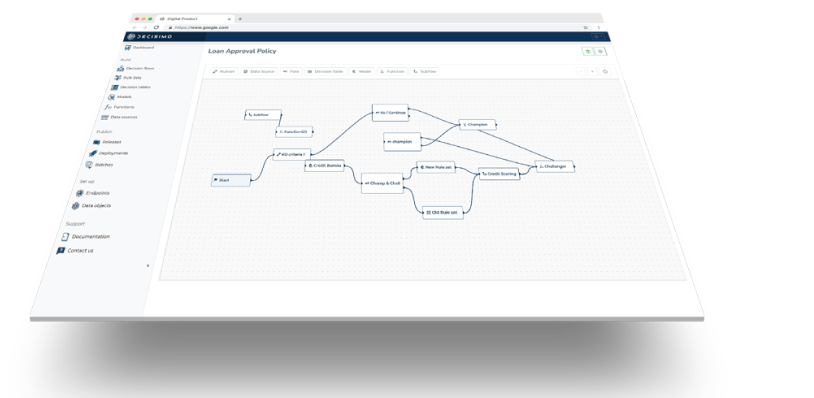ETags: A Subtle Web Tracking Mechanism
Published on: 2024-08-10 18:29:56
ETags, or entity tags, are commonly used for web cache validation but can also be employed for tracking users. This technical article explores the ETag mechanism, its primary use case, how it can be misused for user tracking, and ways to mitigate such tracking.
What are ETags?
ETags are part of the HTTP protocol and are used to determine whether the client-side content is the same as the server-side content. They are sent by the server as headers in the HTTP response, and the client sends them back in subsequent requests to the same resource. This process enables the server to decide whether to send a new version of the content or a 304 Not Modified response, saving bandwidth and improving performance.
How are ETags Used for Tracking?
While ETags are primarily used for cache validation, they can be exploited for tracking purposes. A server can generate a unique ETag when a user first visits a website and then use that ETag to identify the user in subsequent visits, even if cookies are cleared. This is because the ETag is stored separately from cookies and is automatically sent by the browser in requests to the same resource.
Value of ETag Tracking
ETag tracking offers several advantages for entities interested in tracking users:
- Persistence: ETags can persist even after cookies are cleared.
- Resource Efficiency: They allow for efficient use of bandwidth and server resources.
- Stealth: Users are typically unaware of ETags and have limited control over them.
Limitations of ETag Tracking
- Scope: ETags are resource-specific and are not shared across different resources or domains.
- Dependence on Revisits: Tracking through ETags depends on the user revisiting the same resource.
- Privacy Regulations: Use of ETags for tracking may be subject to data protection laws.
Mitigating ETag Tracking
Users can take several steps to mitigate tracking through ETags:
- Use Privacy-Focused Browsers: Browsers like Firefox and Brave are more aggressive in combating tracking techniques, including the misuse of ETags.
- Regularly Clear Cache: Regularly clearing your browser’s cache can prevent persistent ETags from being used to track you over extended periods.
- Use VPNs or Proxy Servers: These tools can mask your IP address and make it more difficult for servers to associate ETags with your identity.
Conclusion
ETags are an essential component of web optimization but can be misused for tracking users. Understanding how ETags work and the ways in which they can be exploited for tracking is essential for maintaining privacy online. While they can be harder to control compared to cookies, informed users can employ strategies such as using privacy-focused browsers and regularly clearing browser cache to mitigate their tracking potential.
Published: 2023-03-26


